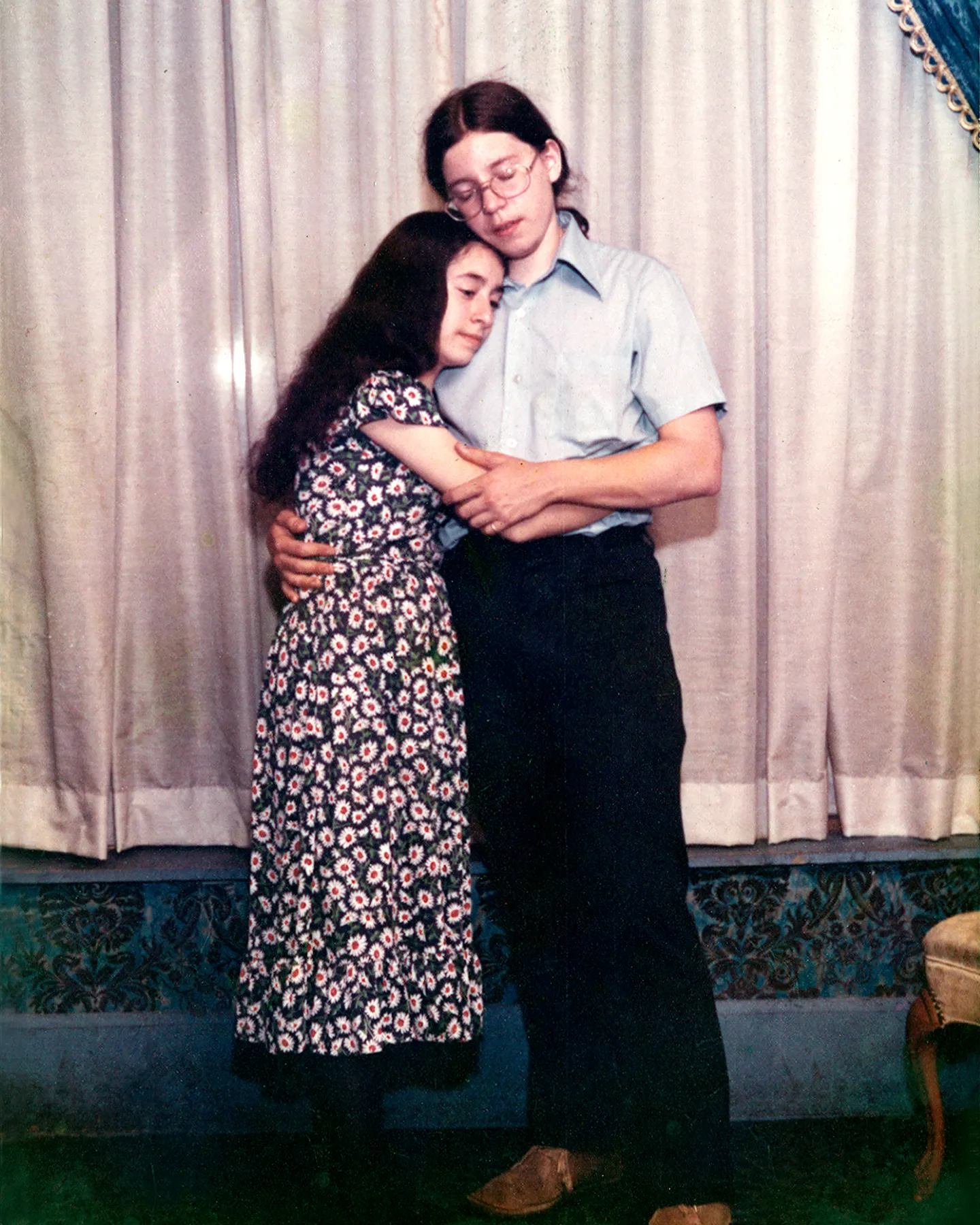ON THE MORNING of July 27, 1973, two Brooklyn teenagers set out for central New York to attend one of the biggest concerts in rock history.
They were never seen again.
Or were they?
Fifty years ago last week marked the disappearance of 16-year-old Mitchel Weiser and 15-year-old Bonnie Bickwit, two gifted students who are the oldest missing-teen cases in the country.
Initially dismissed as romantic runaways who would return home soon, the pair’s fate remains a mystery. After decades of police bungling and false leads, investigators have tracked several theories over what might have happened to them. Amid recent information about a possible suspect connected to their disappearance, Mitchel’s and Bonnie’s friends and families are now calling on federal and state officials to provide the necessary resources to solve the coldest of cold cases.
“A task force is exactly what we need to solve what happened to my brother Mitchel and his girlfriend Bonnie,” Susan Weiser Liebegott, Mitchel’s sister who has been searching for him for the past half century, tells Rolling Stone. “Quite frankly, it is the only way to solve their case.”
“This could be our last chance to bring justice and some measure of peace to the family and friends,” adds Mitchel’s childhood best friend Stuart Karten.
The couple were apparently last seen leaving Camp Wel-Met, a popular summer camp in the Catskills region. Bonnie, a longtime camper, had taken a job at the camp as a parents’ helper. Mitchel stayed in Brooklyn, having snagged a prized job at a local photography studio. On the evening of Thursday, July 26, he boarded a bus at Port Authority Bus Terminal in Manhattan heading for Bonnie’s camp in Narrowsburg, a town in Sullivan County about two hours away.
Their plan was to hitchhike 150 miles northwest to attend an outdoor concert dubbed “Summer Jam” at the Watkins Glen Grand Prix Raceway. The show featured rock counterculture legends the Grateful Dead, the Allman Brothers, and the Band, and is still considered one of the most-attended U.S. concerts to date.
On Friday morning, the teens had breakfast at the camp and caught a ride into Narrowsburg. Then, with little money in their jean pockets, they stood alongside the road, carrying sleeping bags and holding a cardboard sign that read “Watkins Glen.”
Of the estimated 600,000 fans who left for Summer Jam, only Mitchel and Bonnie vanished without a trace.
MISSING PERSONS EXPERTS say that the case’s 50th anniversary presents an extraordinary opportunity to engage the public — particularly anyone who attended Summer Jam — to search their memories, look at photos of Mitchel and Bonnie, and try to recall any new information. “The hope is that this is going to trigger a memory, a nugget of information that nobody was aware of before,” says Leemie Kahng-Sofer, director of the Missing Children Division for the National Center for Missing and Exploited Children. “That could help break the case wide open.”
“This case is unique,” adds Marissa Jones, founder and host of The Vanished podcast, who has reported on 400 missing-persons cases. “There is a huge concert with people coming from all over. There’s hitchhiking. It’s a tough case to establish a firm timeline — we don’t know if they even made it to the concert or at what point. It’s a tough one to pull apart.”
The case is exacerbated by law enforcement’s initial bungling in 1973. Police investigators in three New York counties originally ignored pleas by Mitchel’s and Bonnie’s parents to investigate, dismissing the teens as two hippie runaways. “There was never really an investigation,“ claims Bonnie’s older sister Sheryl Kagen.
A Sept. 4, 1973, letter from The Wall Street Journal national news editor and friend of the Weiser family Martin Hollander to then-NYPD Commissioner Donald Cawley obtained by Rolling Stone points to one instance of police incompetence. Despite the NYPD’s assurances to Mitchel’s father that it would alert police agencies across the state about his son’s disappearance, they never did, resulting in Sullivan County’s failure to even start an investigation.
“Valuable time was lost,” the letter stated. “In addition, Mr. Weiser was treated abusively by officers of your department when he complained about the failure to send a bulletin about his son.” Cawley acknowledged the letter and stated an investigation “has been initiated and will be conducted by a superior officer of this department.”
There was no followup action. “That’s exactly what our experience was throughout,” Weiser Liebegott says today.
The early 1970s was a different time in America. The case predates photos of missing children on milk cartons by more than 10 years. They vanished decades before the explosion of cell phones and the establishment of the Amber Alert early-warning system. Law enforcement had let them down.
They were truly alone.

Share Thoughts